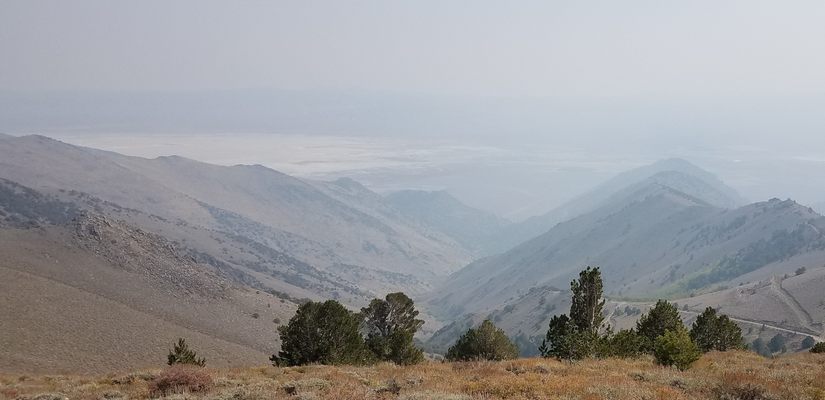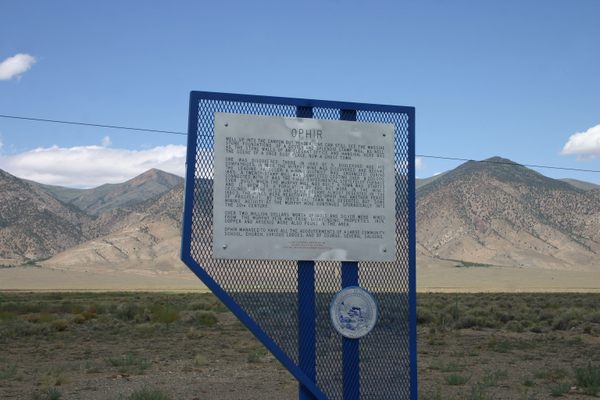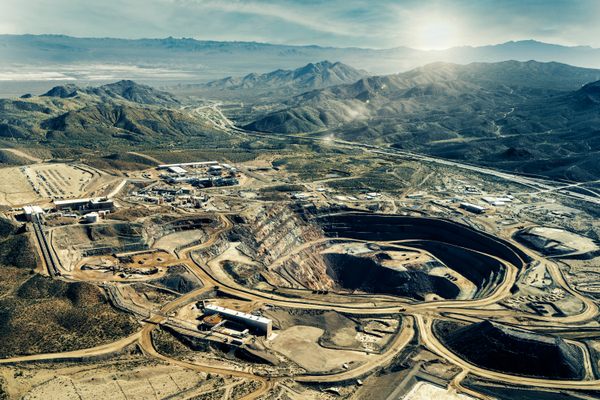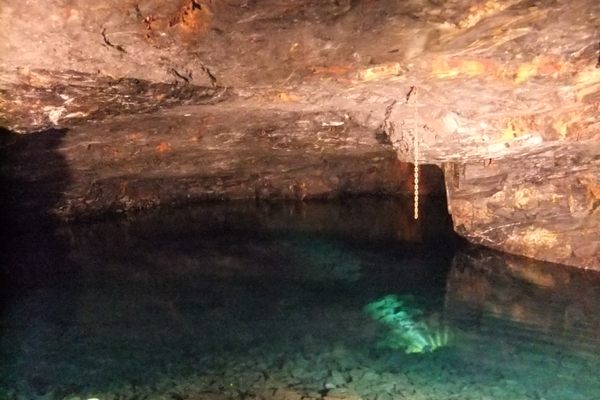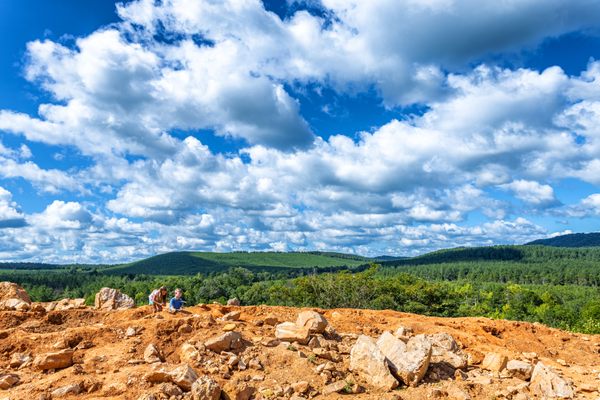About
Silver was discovered in Ophir Canyon in the 1860s, but early mining efforts were defeated by the very hard rock which was unexpectedly expensive to drill and mill. After the discovery of a new orebody in the Murphy Mine, the only significant producer, a revival followed beginning in 1872 and lasting into the 1880s. However, activity had largely ceased by 1890 and the post office closed in 1893.
Ruins of the mill and a brick-and-stone building that was probably the store still can be seen, as well as several roofless stone cabins. The portal of the Murphy Mine itself remains open, although entering it is hazardous. Unfortunately, several years ago the Forest Service razed some of the remaining stone buildings as public hazards.
After the turn of the last century, there was only small-scale and intermittent activity on precious metal extraction. In the mid-20th century, however, tungsten deposits were discovered and worked near the canyon mouth. This lasted until the mid-1960s when the tungsten market collapsed due to the removal of the strategic-metal subsidies.
Little is left of the tungsten operations. A mill for tungsten to the south of the canyon mouth survived till the early 2010s but has since been torn down. A cemetery from the early days is preserved on the north side of the canyon mouth.
Related Tags
Know Before You Go
The turnoff to Ophir is on the left 11.9 miles north of Carvers on Nevada State Route 376. It should be marked. From the turnoff it is about 2.6 miles to the canyon mouth on a dirt road, and high clearance probably will be required. From the mouth of the canyon it's another 2.2 miles up to the ruins at Ophir, along Ophir Canyon, and 4wd and high clearance are mandatory on this stretch. Indeed, a short-coupled vehicle is desirable. The trail is also barely wide enough for a standard-sized vehicle, so wide vehicles are likely to encounter difficulties.
The trail continues on up the canyon past the ruins and indeed crosses the Toiyabe Range at Ophir Summit. This section will be blocked by snow until the summer months, and in any case much of it consists of a steep, narrow shelf road on which there are few places for oncoming traffic to pass. It should be attempted only by experienced off-road drivers with adequate vehicles.
Community Contributors
Added By
Published
June 16, 2023














